
Published:
Readtime: 11 min
Every product is carefully selected by our editors and experts. If you buy from a link, we may earn a commission. Learn more. For more information on how we test products, click here.
Mastering proper deadlift form is easy after reading our expert guide. The right exercise if you’re looking to boost your general strength and fitness, learning how to deadlift is safer too. This exercise is a core component of the holy trinity (bench press, squat, and deadlift), the ‘deady’ is one of, if not the best exercise you can do to build muscle because it works on every muscle group. It’s time to get your technique up to scratch.
7 Steps For Proper Deadlift Form
Here, we walk you through how to do a deadlift correctly to maximise your strength and muscle growth. When starting out, we suggest loading the barbell with light weights (or even just the bar itself) so you can get a feel for the technique before you start lifting heavier.
1. Foot Positioning
Position your feet hip-width apart, angled slightly outward where you feel most comfortable. Ensure your midfoot is under the bar without your shins touching the bar. You can do deadlifts barefoot or in flat sole shoes, but we prefer barefoot.
2. Barbell Grip
Grip the barbell shoulder-width apart in an overhand grip (knuckles facing forward). You may see other people use a mixed grip (one hand each way), but when starting out, we suggest an overhand grip as it’s safer.
3. Bend Your Knees
Move into position by bending your knees so that your shins nearly touch the bar. Lower your glutes as much as possible to incorporate maximum leg drive.
4. Lift Your Chest
Straighten your back by raising your chest, this will activate your latissimus dorsi muscles. Think, “Butt to ground, chest to roof”.
5. Brace Yourself
Take a big breath in and brace your core (flex your abs and your glutes). Lock your elbows and arms in position.
6. Lift
Push your feet through the ground and lift the bar. As the bar passes your knees, drive your hips forward to stand up straight, and lock out your glutes.
7. Lower the bar
Reverse the movement until the bar returns to the ground and you release tension.
Deadlifting Tips
- Bend your knees: Don’t try to use your upper body to muscle the bar up. Work on bending your knees and bring your leg drive into the lift.
- Back as straight as possible: Ensure you push your chest out to straighten your back before lifting. A good tip is to get someone to film you from the side as you do a set so you can see how straight your back really is. A hyperextended or arched back is the way most deadlifting injuries occur, so be conscious of keeping a straight back.
- Explode through the ground: When you initially lift the bar, don’t think about pulling the bar up from the ground. Instead, think about pushing the ground away from you. This will help bring more leg drive into the movement and make it easier when lifting heavier weights.
- Lift speed: Make sure you lift and lower the back at the same speed. Apart from other gym-goers hating you for slamming the weights down, you’re also missing out on an important part of the lift by dropping it instead of lowering the bar back to the ground.
- Keep the bar close to your body: The closer the bar is to your body while you lift, the safer and more efficient the lift will be. The easiest way to lift the bar is in a straight line vertically. If the bar is too far in front of you, you’ll have to do more work to lift it and this will put way more pressure on your lower back, which is the last thing you want.
- Treat each rep like its own lift: Rest a few seconds between reps, don’t just bounce the bar and allow momentum to do all the work for you. This will also accentuate the movement and time under tension, which will lead to more muscle gains.
- Breathe: Take a breath and brace your core for each lift. Don’t hold your breath for the set and end up beetroot red in the face.
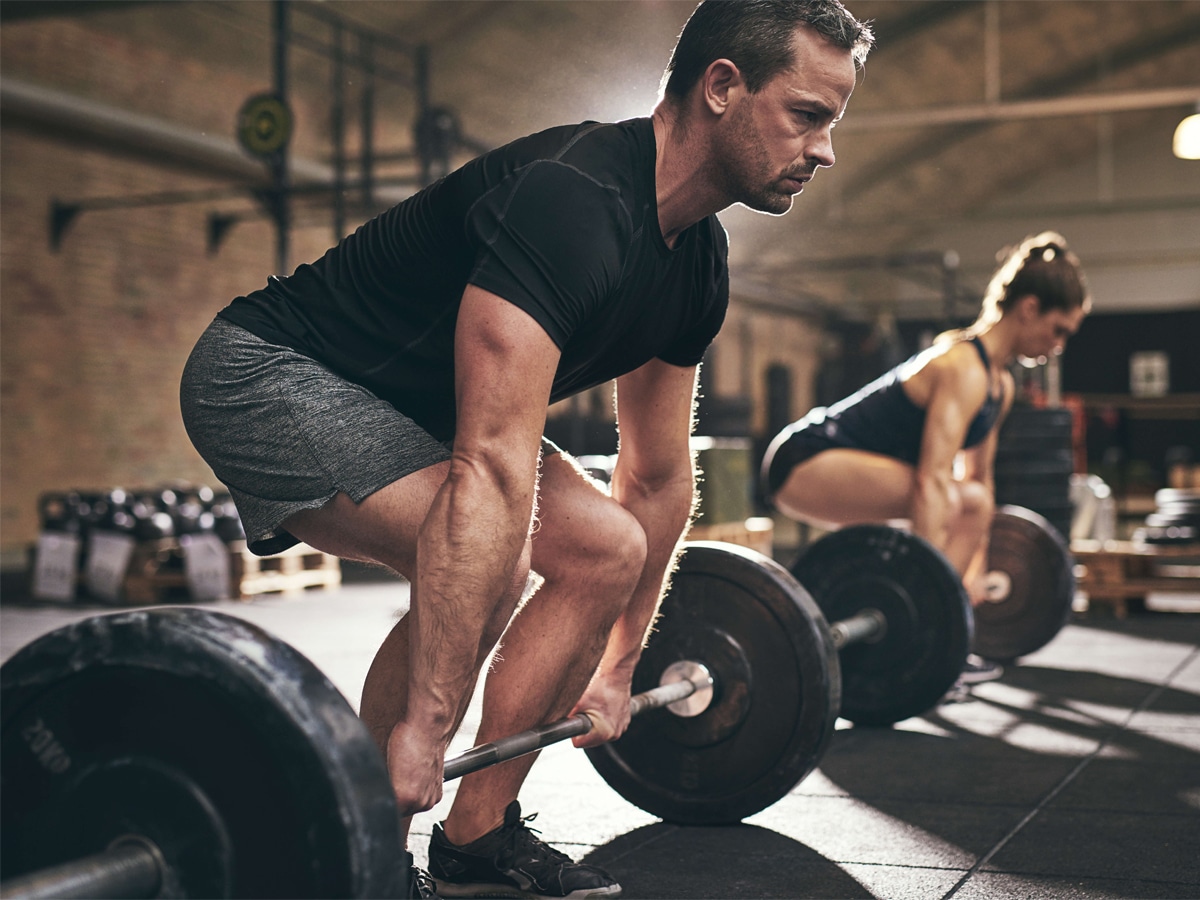
What Muscles Do Deadlifts Work?
The deadlight is an all-encompassing compound movement that targets a series of major muscle groups, including the legs, glutes, and back. Here’s how each works:
- Legs: When performing the deadlift technique, you are primarily training the quadriceps and hamstring muscles of the legs.
- Butt: All three butt muscles are activated during a deadlift, with the gluteus maximus bearing the majority of the brunt. Working in conjunction with the hamstrings to extend your hip, this muscle brings you out of the bent-over position. Gluteus medius and minimus are also activated during the lift but primarily serve as stabilisers of the hips and knees as they assist the gluteus maximus.
- Back: The primary back muscle activated during a deadlift is the erector spinae. This group of muscles includes liocostalis, longissimus and spinalis and is the large structure that runs directly along either side of the spine.
Due to the involvement of multiple body areas, deadlifts are also great for increasing heart rate and can be added to cardiovascular-focused weight circuits.
Mistakes of Deadlifting
From bulging back muscles and biceps to tree trunk-like thighs, deadlifts will have you filling out that muscle shirt in no time. But before you go and start throwing weights around, this is an exercise you MUST get right. Deadlifts are notorious for causing back injuries when done wrong, and some of the world’s strongest men even steer clear of them altogether.
The majority of deadlift injuries are the result of improper form, which means you can avoid most of them by taking the time to learn the correct form.
Lower back injuries are the most common injury and can be caused by positioning the bar too far in front of your body, not having a straight back, and rounding the spine as you pull the bar.
Another common injury from deadlifting is a bicep tear. This injury is more typical when using a mixed grip, as the lifter will often pull the bar with their supinated hand (palm facing away), bending the elbow and putting immense stress on the bicep muscle. To avoid this, you need to pay extra attention to lock out your elbow so you don’t pull the bar.
Other issues can include finger strains, hamstring and meniscus tears, burst blood vessels from straining too hard while lifting (yes, it can happen), and headaches from the pressure build-up while completing the lift. To combat these issues, be sure to warm up and stretch beforehand, and work on your breathing.
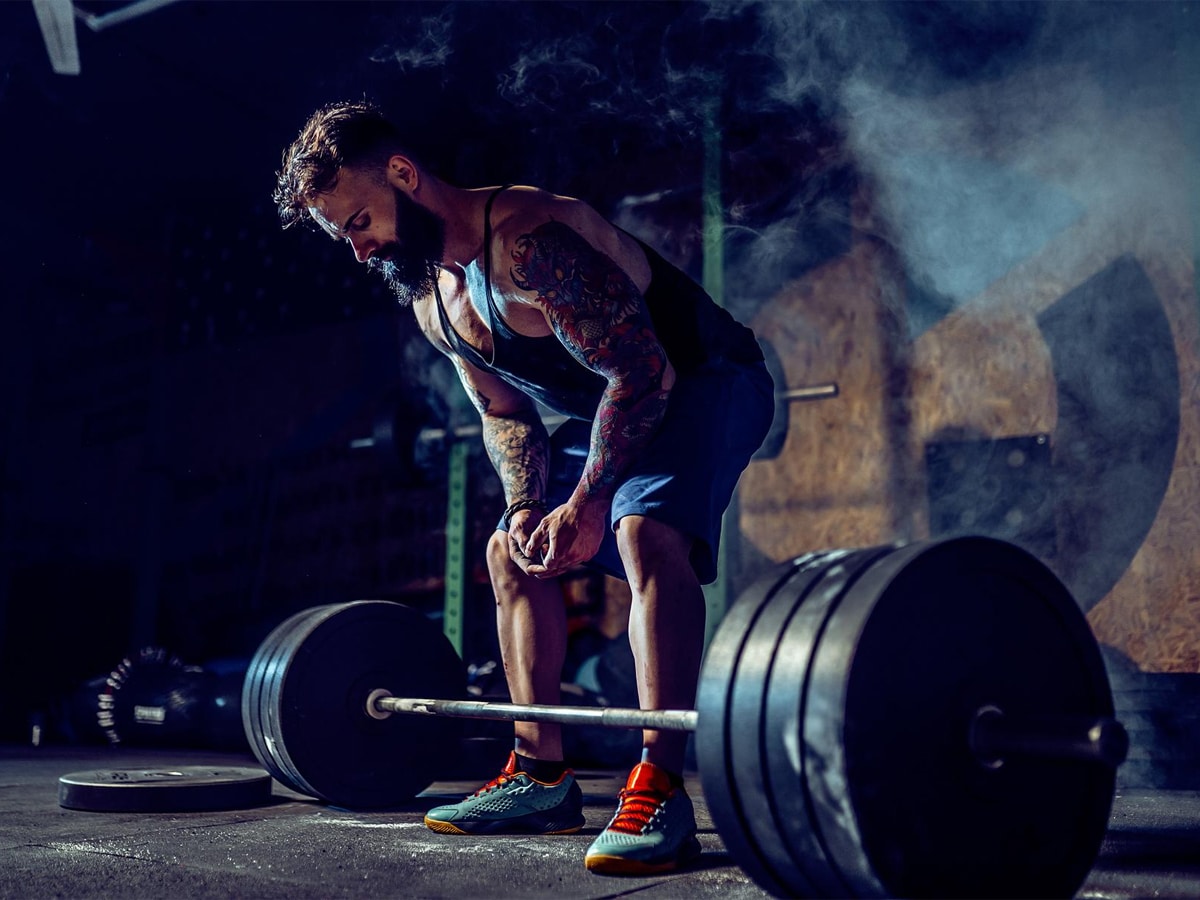
Benefits of Deadlifting
There’s a reason they call the deadlift a complete exercise – it benefits just about every area of your health. Here are 7 reasons why you should deadlift:
- They’re functional: At its core, the deadlift is the basic physiological movement of picking something up from the ground. As you build better form doing this in the gym, things like picking up the couch to search for the remote will seem like child’s play.
- Deadlifts target the biggest muscle in your body – the gluts: Yep, nothing targets your butt muscles more than deadlifts, and strong gluts transfer to more power, endurance, and strength.
- A surge of anabolic hormones: When you’re hitting so many muscles at the same time, your body can’t help but respond. It releases a surge of beneficial hormones like testosterone and growth hormone. These anabolic hormones won’t just pack on the muscle, they also burn more body fat, increase your mood, boost your immunity, and increase your sex drive.
- Speaking of sex drive… a core component of deadlifting is your hip drive at the top of the movement. As your deadlift gets stronger, your hip drive will get stronger too. Enough said.
- Grip like a gorilla: Ever wonder where the term ‘old man strength’ came from? Well, it’s from a time where men worked out by doing hard work, and a majority of that was lifting and carrying things with their hands. Deadlifting is the #1 exercise to build a stronger grip.
- Less back pain. Deadlifts help to strengthen your posterior chain. A strong posterior chain (the muscles along your spine) will help you delay or even prevent back injuries. In fact, recent studies suggest that deadlifting may even be effective in decreasing pain intensity and increasing mobility for people who already suffer from back pain.
- You’ll burn more calories than running: Lifting heavy weights will induce a fat-burning response for up to 36 hours after you leave the gym! This thermogenic response means that you’ll continue to burn calories well after you finish the exercise.
Deadlift Variations
Once you master the traditional deadlift, you can begin to incorporate different variations of the movement into your training depending on your goals, strengths, and preferences. Remember, each variation has its own challenges and risks so treat them like different exercises.
Sumo Deadlift
Just like the sumo squat, you position your legs wider apart with your arms straight down. The sumo deadlift is great to work on quad development and, with practice, you can even lift heavier than your traditional deadlift because the range of motion is shorter.
Hex or Trap Bar Deadlift
Using a specialised bar, this variation of the deadlift distributes the weight much more evenly across your body. With the handles of the bar on your sides, this lift also puts less stress on your lower back.
Snatch Grip Deadlift
In this advanced variation of the traditional deadlift, you place your hands much wider on the bar. Because of the grip, you work more of your upper back and must start deeper in the movement, engaging more of your lats and hamstrings.
Straight-Leg Deadlift
Known as the Romanian Deadlift, this variation focuses on the hamstrings. During the lift, your back stays straight and your legs remain stiff, with all bending coming from the torso and all the power from your hamstrings.
Deficit Deadlift
The deficit deadlift is performed while standing on a 2-10cm raised platform for a greater range of movement. Good for people who struggle with the first half of the deadlift movement, this variation recruits more of the posterior chain and quad muscles to perform the lift.
The Rack Pull
In contrast to the deficit deadlift, rack pulls shorten the range of motion of the traditional deadlift. With the bar resting on a rack around knee height, you focus on the top half of the deadlift movement. The partial range of motion of the rack pull targets the trapezius and upper back muscles to a greater extent, helping you to lock out your deadlift once past the knee.
General FAQs
As a major compound movement, deadlifting can increase core strength, core stability and improve your posture. The exercise trains most of the muscles in the legs, lower back and core. These are all muscles responsible for posture, which will help keep your shoulders, spine, and hips in alignment.
While deadlifts are primarily thought of as strength and power movements, that’s not all they are good for. Due to the involvement of multiple body area, deadlifts are also great for increasing heart rate and can be added to cardiovascular focused weight circuits.
Deadlifting every day may be great for improving your form and conditioning, however, it won’t be conducive to bigger muscles and strength. Like all good compound exercises, adequate rest periods between training days are essentially for ensuring muscle recovery and fibre growth.
You’ll also like:
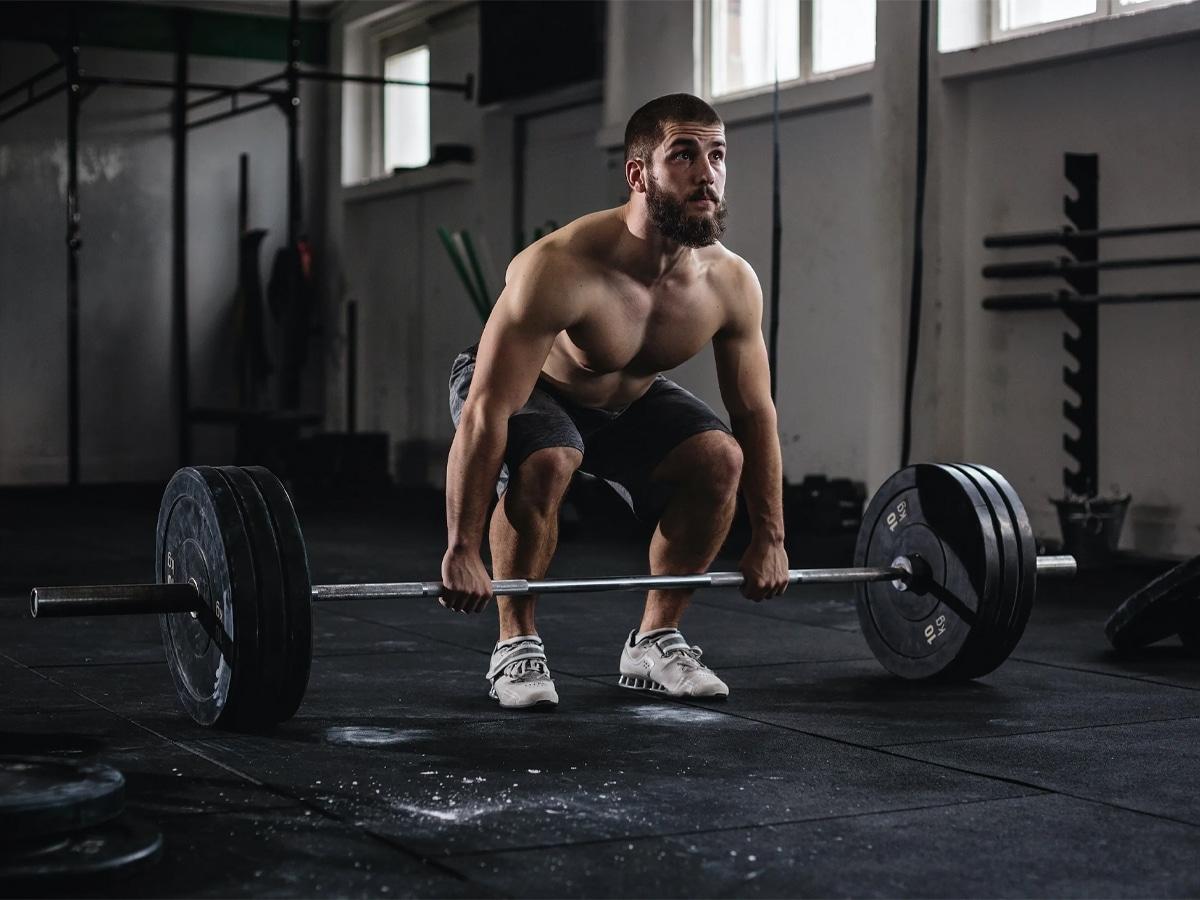





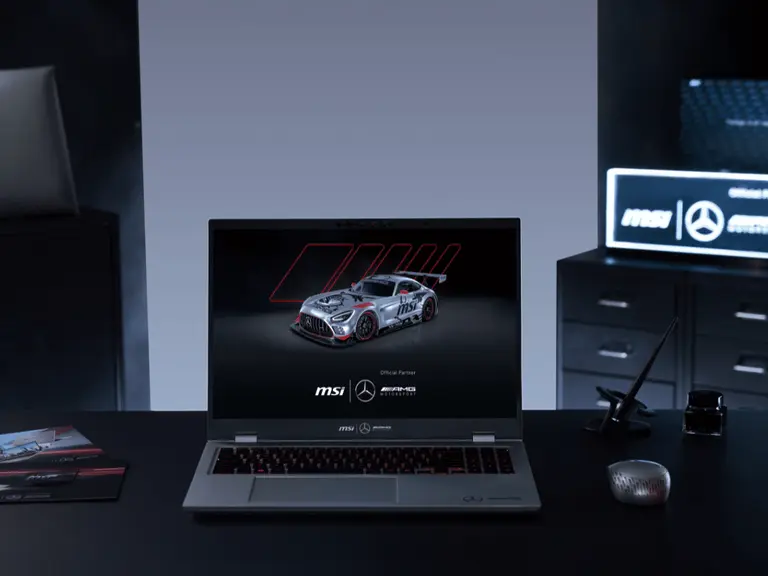

















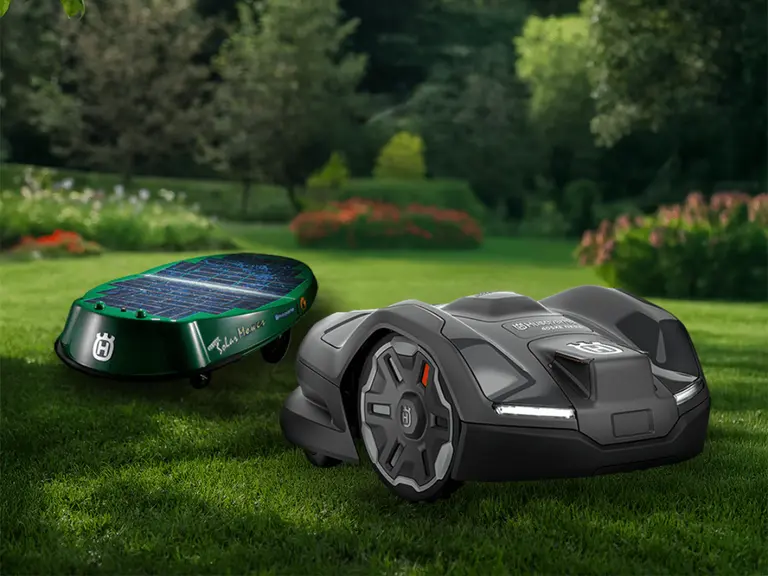




Comments
We love hearing from you. or to leave a comment.